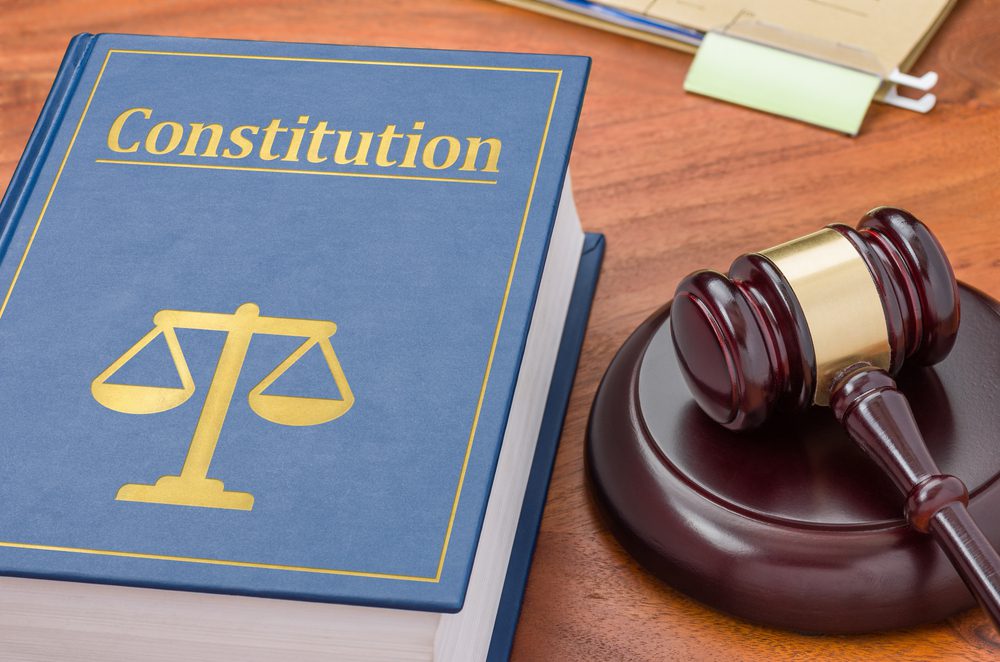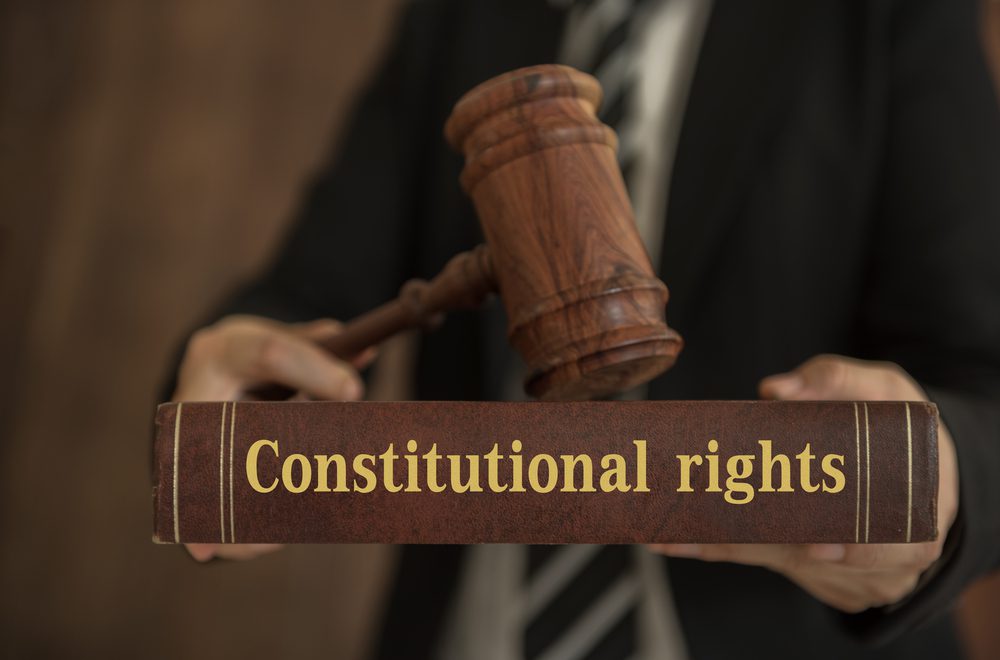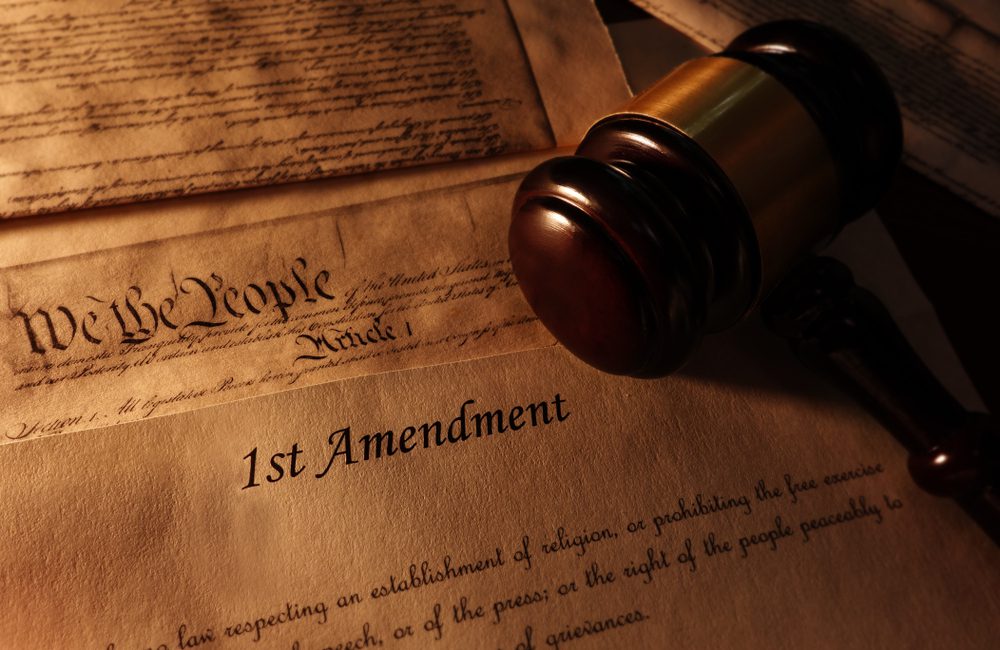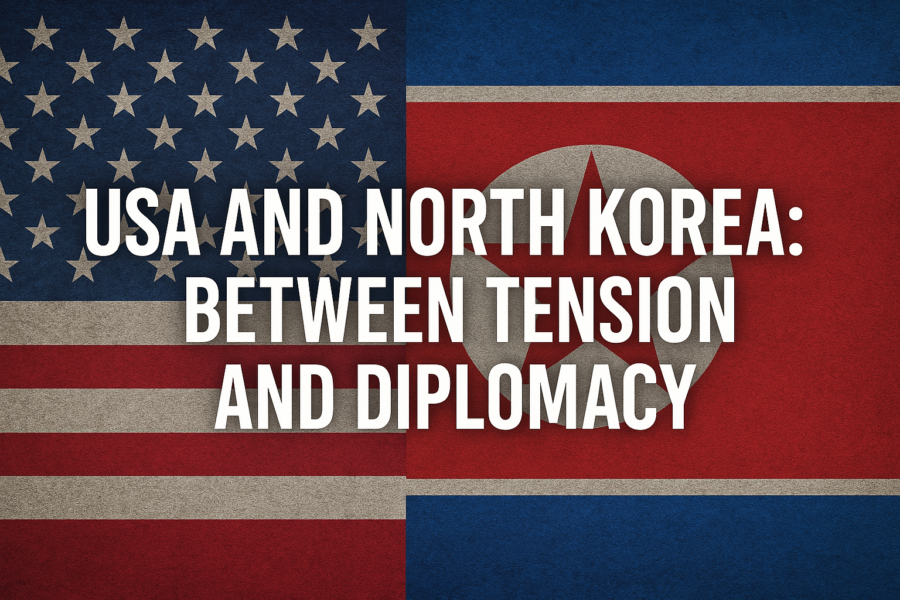Do you think you know the US Constitution? Then here’s a test!
The Constitution of the beautiful United States of America is thought to be one of the most relevant and meaningful documents in the history of the country. As you already know, the Constitution represents the supreme law of the nation and defines the national structure and restraints of government.
The 1st constitution was developed in 1789, and it only contained 7 important articles. Even though all citizens should know what it means and what its purpose is, there are many myths regarding this record. Do you know what this paper is all about and what its objectives are?
In today’s article, we’ll talk about the most common myths that circulate around the Constitution, and we’ll tackle each one thoroughly so you can understand it better. With that being said, let’s talk about politics!

Myth 1: The US and its Involvement in a War
Many people think that the only way the United States of America could get involved in an armed conflict or a devastating war is with the help of congressional consent.
But that’s not the truth, because according to the “War Powers Clause”, which is actually Article 1, Section 8, Clause 11 in the Constitution, Congress is actually able to declare war, but their decision needs the agreement of the president.
Speaking of that, the president of the country is the one that is in command and control of the armed forces, which means that although Congress is the only body in the American country that has the power to declare war, the leader of the nation has the means to do so.
History says that the last time Congress declared war was during World War II, although there have been many armed conflicts and even battles throughout the years. Sources say that these were all due to different presidents.
While some people believe and even wish for Congress to be the only one with the power to get America involved in an armed battle, the reality is different.
Myth 2: The Articles of Confederation, the U.S. Constitution, and the Declaration of Independence are the same thing
No, that’s not true. Even though many people assume that these 3 documents we’ve previously mentioned are the same thing and therefore serve the same goal, they weren’t written at the same time and all of them had different purposes.
The Declaration of Independence was signed by the officials on August 2nd, 1776, but it was adopted by the Continental Congress 2 days later. The main reason why a document like this was developed was to list the injustices and objections against George III, the man who was the leader of Britain at the time, as well as proclaim the right of the United States (which wasn’t exactly formed at the moment) to challenge Great Britain and develop their own nation.
From 1775 to 1783, during the Revolutionary War, some of the members of the Continental Congress commissioned the Articles of Confederation, documents that were authorized in 1781.
The Articles of Confederation contained strong ideas regarding the way the newly formed country was to be governed, and instead of creating a powerful central government, they put an accent on different state rights.
What not all the citizens know about the country’s documents is that the Articles of Confederation ruled the nation until the month of March 1789, when everything was replaced by the great Constitution.
Did you know that the US Constitution was enrolled at the 2nd Continental Congress and that it also included the popular Bill of Rights? In today’s world, the country is conducted with the help of the great Constitution, and that means the federal government has plenty of power—more than it was allowed under the Articles of Confederation.

Myth 3: The US Constitution is responsible for making the country a democracy
But is it? Well, no, and the truth is that our dear America is actually a republic, not a democracy. While it might be tempting to think that the country you live in is a democracy due to the many aspects that make it seem like one, the truth is that a pure and neat democracy would be a type of authority in which all the issues would be determined with the help of people’s votes, where the majority is the one that decides.
As you can tell, American citizens can’t vote directly on every single matter in the country; instead, they personally vote for the people to decide on those issues as representatives in Congress.
When the wise Founding Fathers wrote the Constitution, they thought about how to make the country a democracy, but they didn’t consider every single particularity of what a democracy actually is, meaning giving the people the possibility to vote on all matters.
To put it in simpler words, the United States of America is a republic due to the fact that people elect representatives that will further exert their political power. Have you ever heard the popular quote “Democracy is just like 2 wolves and a lamb voting on what’s for dinner”?
Nobody knows who exactly said those words, but it’s believed that it was Benjamin Franklin who used to say or express his feelings in a manner similar to the quote, and he often shared his opinion about the bad parts of pure democracy. You can find out more about his views if you read the Constitution.
Myth 4: The Constitution allows all citizens the right to vote
The right to vote seems like the foundation of the political world in the United States, but it’s not 100% true, because it isn’t clearly mentioned in the Constitution.
However, in this official American document, there’s a list of reasons why people can’t be denied their right to vote based on criteria like gender and race, as mentioned in the Constitutional Amendments at the time of the Progressive Era.
Another thing that’s mentioned in the Constitution is that everyone who’s over the age of 18 must be given the right to vote, which is an amendment that became available after the protests related to the war in Vietnam.
But there are particular states in which there are different rules regarding this type of right. In different states, for instance, people who are in jail lose their right to vote.

Myth 5: The American Constitution stated that there should be a separation between the state and the church
If you ever take some time out of your day to read every page of the American Constitution, you’ll discover that there’s no mention that there is a distinction between state and church.
The thing that might’ve made people confused is Article VI of our country’s Constitution, and that tiny article says that no religious test should ever be necessary as a qualification for any American office or public trust.
Besides that, the Bill of Rights, which is the First Amendment to our nation’s Constitution, mentiones that Congress shouldn’t make any laws about respecting an establishment of religion.
Even though these 2 statements that we’ve previously discussed implied that there’s a separation of state and church, that’s not exactly directly addressed in the Constitution.
…If you want to read the Constitution and understand the laws in the country you live in, here it is, so check it out! If politics is the domain that interests you the most, there are a ton of articles on our website, so have fun reading! Until next time, here is something that you might enjoy: Most Americans Still Don’t Know These 5 Voting Rights Facts! Do You?







